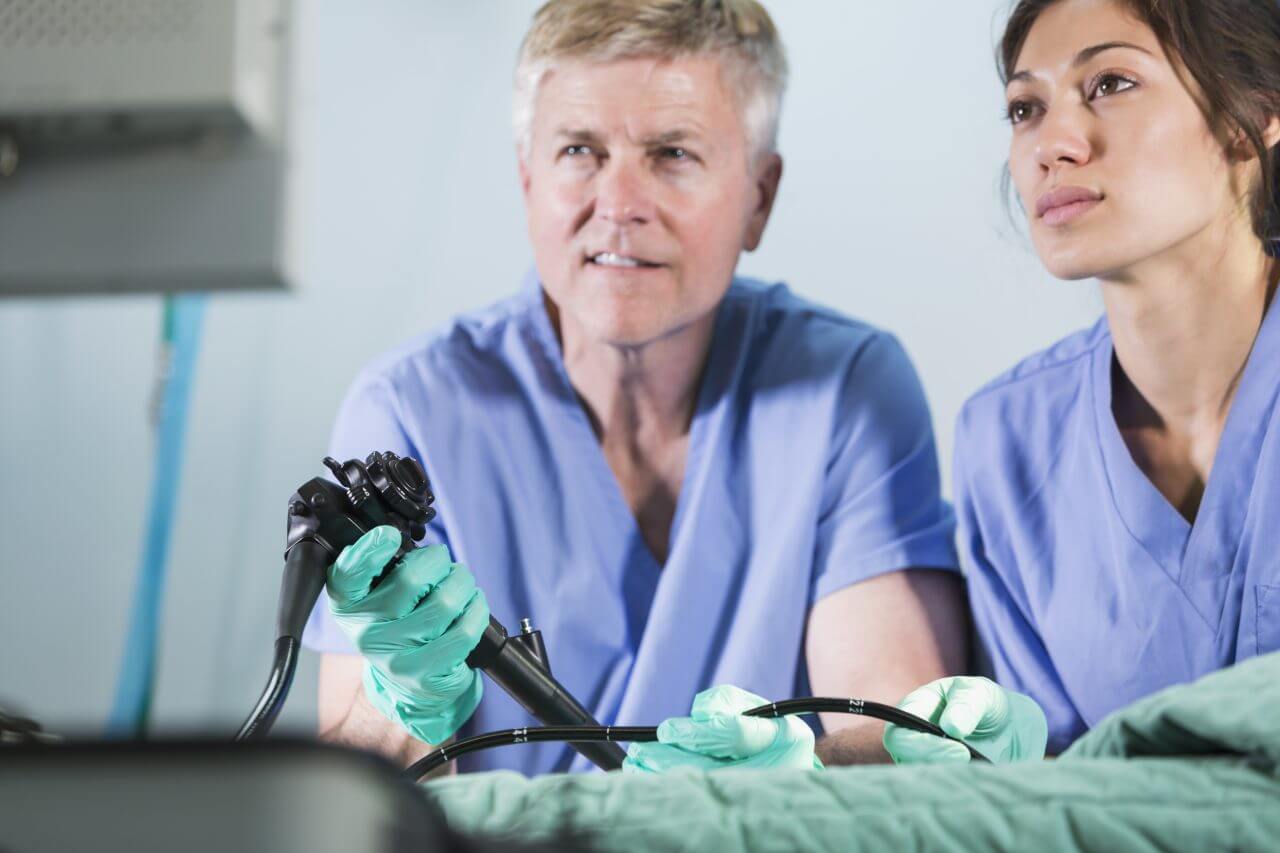What is a Spinal Tap?

A spinal tap is a medical procedure in which fluid that surrounds the spinal cord is withdrawn using a hollow needle and examined in a lab. Also called a lumbar puncture, a spinal tap can be used to diagnose a number of medical conditions. It may also be used to measure or relieve pressure around the spinal cord or brain, inject dye for diagnostic tests, perform spinal anesthesia, and inject medications.
How to Prepare for a Spinal Tap
If this procedure is prescribed for you, you’ll want to know how to prepare for a spinal tap. Your doctor will provide specific instructions, but in general, to get ready for a spinal tap you should:
- Talk with your doctor about any medication you take. It’s especially important to discuss any blood-thinning drugs you’re on, including aspirin, and also your use of alcohol.
- Continue with your normal diet and eating schedule. No restrictions are required.
- Tell your doctor about any allergies you have. If you’re allergic to medications or latex, tell your care team.
- Make transportation plans. You shouldn’t drive home from the procedure.
In some cases, there’s an urgent need for a spinal tap. In those instances, the medical team will ensure that you’re properly prepared for the procedure.
What Can Be Diagnosed from a Spinal Tap?
Some of the symptoms that are reasons for a spinal tap include severe headache, stiff neck, seizures, confusion, sudden high fever, nausea, vomiting, and loss of thirst and appetite. The purpose of a spinal tap is to help your doctor determine if you have a medical condition such as:
- Serious viral, bacterial or fungal infections like syphilis or encephalitis
- Pseudotumor cerebri (a condition that causes pressure around the brain)
- Leukemia
- Multiple sclerosis (MS) or Guillain-Barré syndrome
- Inflammation in the spinal cord or bone marrow called myelitis
- Cancer of the brain or spinal cord
- Unexplained headaches
- Buildup of cerebrospinal fluid called normal pressure hydrocephalus
- Alzheimer’s disease
If appropriate, your doctor can talk with you more about what can be diagnosed from a spinal tap.
What to Expect from a Spinal Tap Procedure
If you’ll be having a spinal tap procedure, you may have questions like, “How long does a spinal tap take?” and others. After checking in for the procedure, you’ll put on a hospital gown and get on a hospital bed. You may be positioned on your side with your knees pulled up to your chest, or you may sit and lean forward. These positions help create more space between your vertebrae, which makes it easier for the doctor to insert the spinal tap needle. In either case, your back is washed with an antiseptic solution and covered with a sterile sheet.
During the procedure, you’re given a local anesthetic in your lower back to numb the area before the spinal tap needle is inserted. The doctor then inserts a thin, hollow needle between vertebrae, through the spinal membrane and into the spinal canal. This can create a sensation of pressure in your back. After the needle is inserted, your doctor may have you change positions. With the needle in, the pressure of the cerebrospinal fluid is measured. Then fluid is removed or medication is administered as needed. Finally, the doctor removes the needle and applies a bandage to the site.
Spinal Tap Side Effects & Recovery
A spinal tap is a routine procedure. However, as with any invasive process, there are certain risks and potential spinal tap side effects. For example, some patients experience a spinal headache. Also, while the procedure is generally painless, twinges of pain can occur if the needle contacts a nerve. In addition, some patients experience back discomfort or pain after the procedure. This pain may also be felt in the back of the legs. In addition, some bleeding can occur at the puncture site. Serious spinal tap complications are rare.
Your doctor will talk with you about how to recover from a spinal tap. In general, you should plan to rest and avoid strenuous activities. Some people are able to return to work the same day if their job doesn’t involve physical exertion. An over-the-counter pain medication that contains acetaminophen can help reduce back pain and headaches.
Spinal Tap Procedures from Baptist Health
Learn more about spinal taps and other imaging and diagnostic procedures with Baptist Health. If you’d like to schedule an appointment with our doctors, please contact the Baptist Health Imaging & Diagnostics team.



